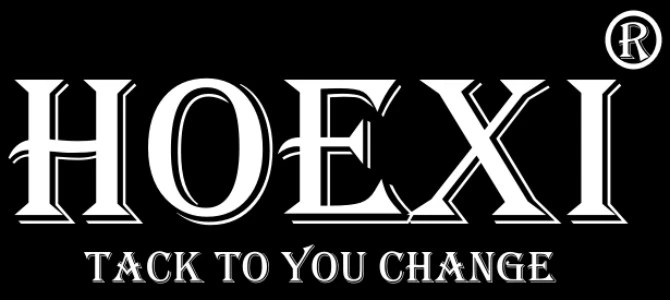Comparing USB4 Cable Manufacturing: Coaxial vs. Twisted Pair Methods by HOEXI
In the evolving USB4 cable market, two primary manufacturing techniques stand out: coaxial and twisted pair cables. But how do they differ, and which offers the best benefits?
1. Coaxial Cable Manufacturing for USB4:
Advantages:
- Guarantees rapid data transfer speeds up to 40GB per second.
Disadvantages:
- Complex manufacturing process, leading to higher defect rates, sometimes exceeding 10%. This complexity increases costs, impacting the end consumer.
2. Twisted Pair Cable Manufacturing for USB4:
Advantages:
- Simplifies the production process, similar to HOEXI’s Type C 3.1 G2 cable, ensuring a better finished product rate and reducing production costs—savings that benefit the end user.
- Continuous advancements in soldering technology, especially between copper wires and PCB soldering points, have enabled companies like Richupon to produce USB4 cables with twisted pairs that achieve the coveted 40GB per second transfer rate.
Disadvantages:
- Cable length restrictions, usually up to two meters.
Performance in Real-World Scenarios:
To understand these cables’ speed, consider this: transferring 40 series TV programs from a notebook to a mobile took just ten seconds with the Type C to C 3.1G2 cable. To test USB4 cables yourself, simply transfer a large amount of data, like 40 TV series episodes, from your notebook to your mobile. You’ll be astonished by the rapid speed, often taking mere seconds.
Conclusion:
The advancements in USB4 cable technology are truly incredible. Join us in embracing the fast-paced world of data transfer with HOEXI’s cutting-edge USB4 cables.

